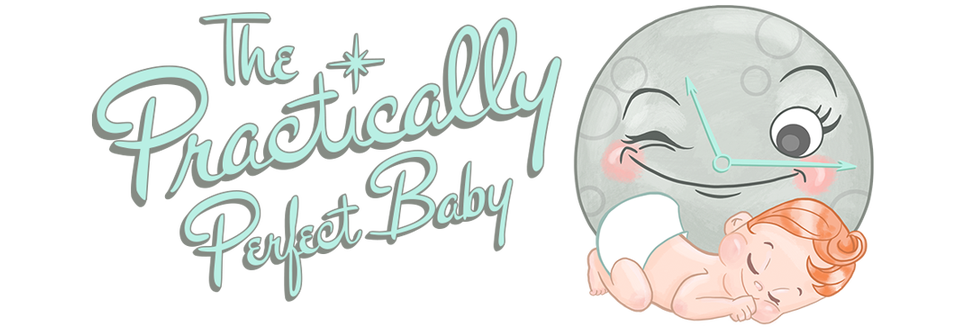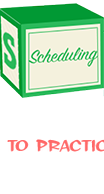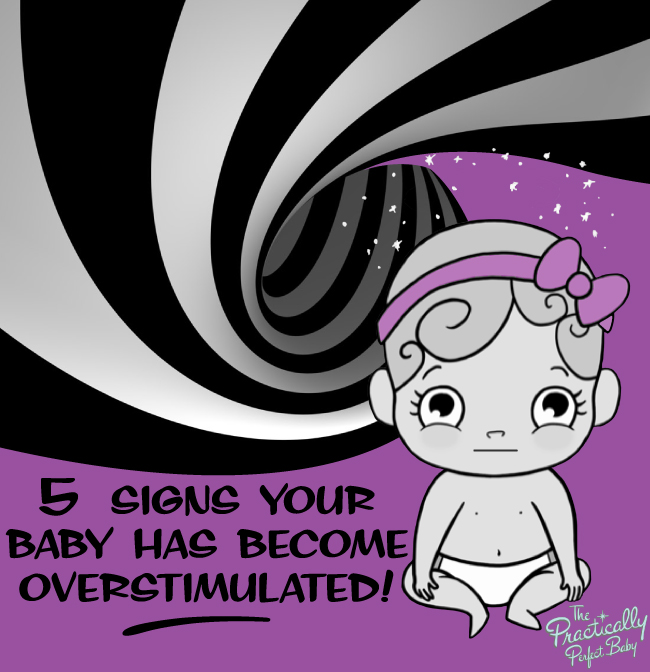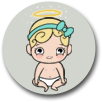5 Signs Your Baby is Overstimulated!
Your baby will undoubtedly become overstimulated at some point in her first year. It will happen when your baby has had a sensory-overload — and the younger the baby, the easier it is to overstimulate her. Babies have never experienced most of the things happening around them and their senses are all receiving new information at such a rapid rate.
Being held too long (especially when they’re passed around a lot by relatives and/or friends), staying awake too long, too much activity (busy sights, loud sounds, pungent smells, being exposed to technology, etc.), and interruptions to her routine are the biggest culprits of over-stimulation. When it happens, it will be helpful if you can recognize the signs of over-stimulation in your baby so you can get to work helping her calm down.
The top 5 signs your baby has become over-stimulated are:
1. The Spacey Stare
A baby’s first line of defense against over-stimulation is often to shut down by “staring into space” when there’s too much going on around her. Rather than trying to process the flood of information, your baby will act aloof and disinterested in your attempts to get her attention.
2. The Turn-Away
When your baby looks away when you’re trying to interact with her and just won’t really engage, she’s probably over-stimulated. This behavior occurs most often when your baby has been exposed to particularly loud spaces.
3. The Sped-Up Breathing
Just as your breathing speeds up when you’re excited or exhausted, your baby’s will too. Look for even subtle changes in her breathing pattern, especially if the rhythm changes from slow and soft to a more rapid pace.
4. The Jerky Turkey
Your baby’s movements may become more choppy and jerky, especially if she’s on the verge of crying due to feeling overwhelmed and/or confused.
5. The Red-Faced Crying Fit
A crying fit that seems to come with no explanation or noticeable solution could also be the result of over-stimulation. And your attempts to distract and comfort her may be fueling the fire. While every screaming baby gets red in the face from time to time, flushing or complexion changes when your baby seems relatively calm could be a sign that she’s getting too much stimulation and is overly-excited.
How to help calm your baby down:
Rescue her: It’s time to remove your baby from the source(s) by moving her into a more soothing, quiet environment. If you’re out and about, find a quiet room to escape to for a good 5 minutes or go to the restroom to give your baby a diaper change and then let her lay there for a little bit, without being held.
Swaddle her: If you can, tightly swaddle your baby and hold her in your arms.
Rock and talk to her: Gently rocking your baby while reassuring her with a soothing, low voice, for about 5 minutes, can help her calm down too — especially if she’s swaddled.
Let her nap: If you’re at home and your baby hasn’t shown the signs of calming back down, go ahead and make an earlier nap time and put your baby down, swaddled, in her nursery. You can always catch her up to the schedule later. If you’re out somewhere, use her car seat to put her down in a nearby, but quieter area.
Return to her schedule: Disruption to your baby’s normal routine can leave your baby more vulnerable to over-stimulation. Your best bet at avoiding sensory-overload (as much as you can) in the future is to make sure you’ve established an everyday, regular routine for her. The magic of sleeping, feeding, then playing…always in that order…will give your baby the consistency she needs to feel secure, attached, loved…and less likely to get as easily over-stimulated. So stick to our schedules as best you can!
Related Posts: Swaddling, Why Use Our PPB Schedules, How to Become a Practical Parent, All Our PPB Schedules, Crib Essentials, Napping Mistakes, Troubleshooting Naps














